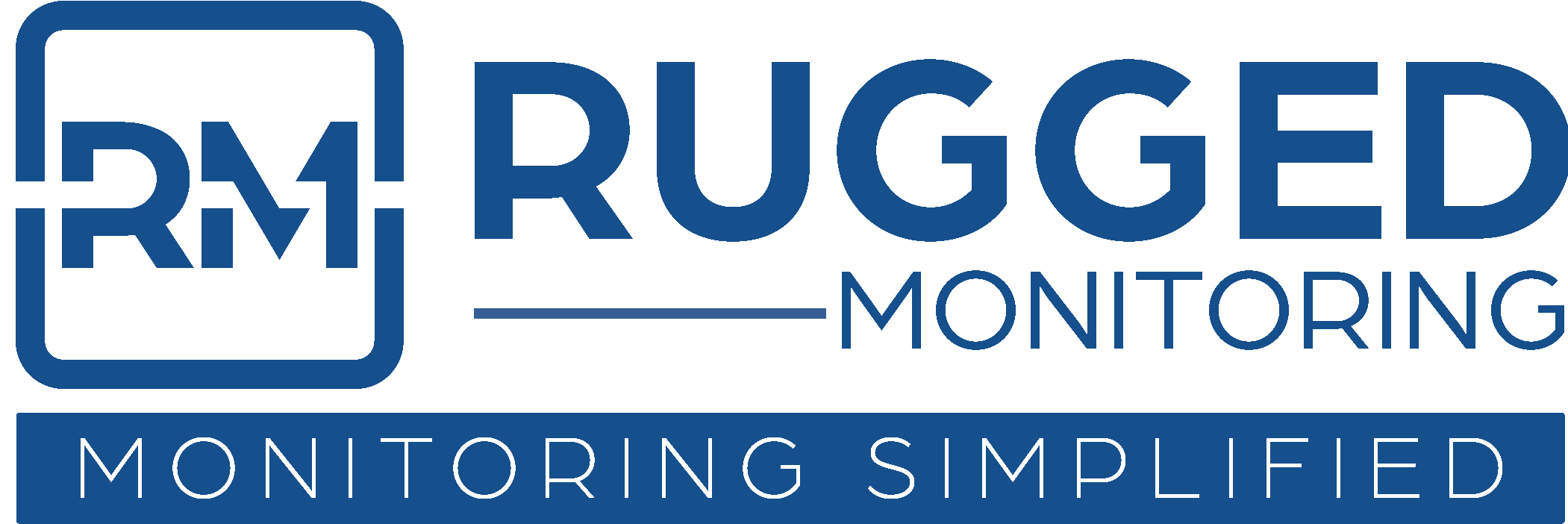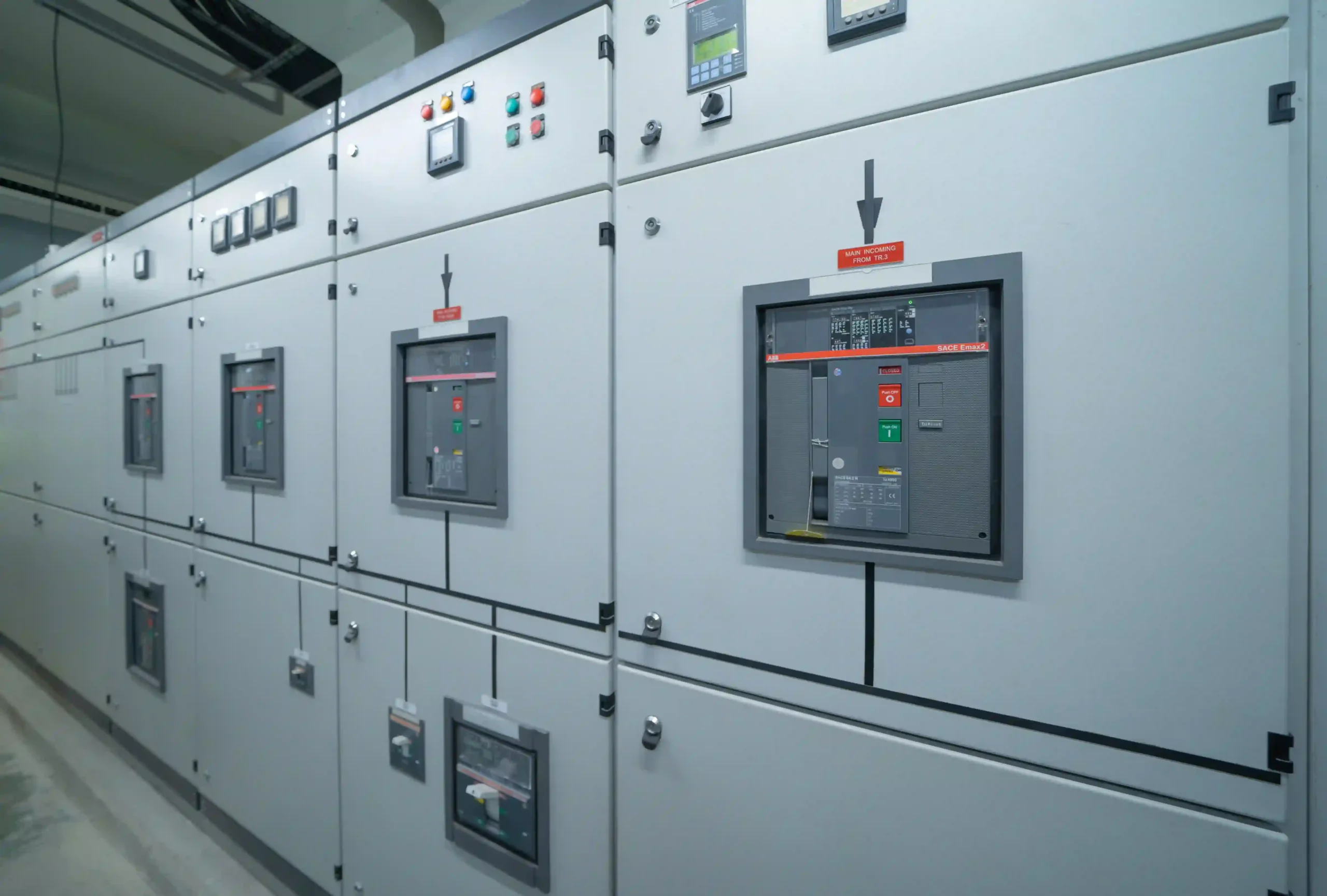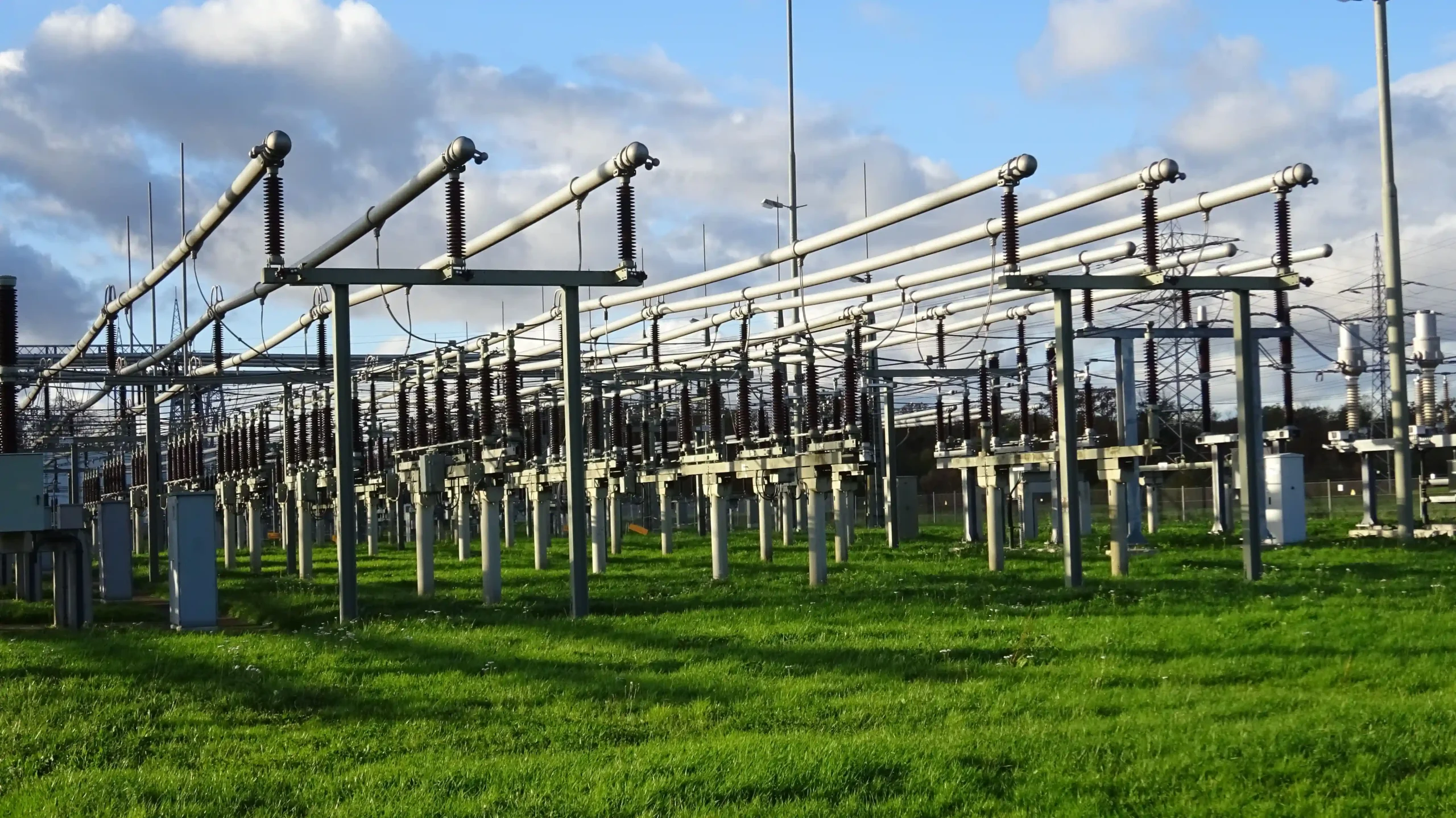In the previous blog on power transformer monitoring , we discussed the increasing reliance on fiber optic temperature sensors for proactive maintenance and enhancing grid resilience. In this blog, we will explore how monitoring Partial Discharge in power transformers helps prevent unplanned outages, benefiting utilities APAC and enhancing grid asset condition monitoring.
Power transformers are an essential component of the electrical grid system in substations, enabling effective distribution and transmission of electrical power over extended distances. They are the most valuable asset in a substation and thus need continuous monitoring and analysis to avoid unexpected failures. In regions like Asia- Pacific (APAC), where rapid infrastructure development, urbanization, and grid expansion are intensifying pressure on transformer reliability. Rapid industrial growth in Japan, China, India, and South Korea is accelerating the adoption and commercialization of Partial Discharge monitoring solutions. Since Partial Discharge is one of the leading causes of transformer failure, early detection of signs of impending failure, utilities can promptly solve problems by taking safety compliance measures and enhancing grid reliability.
Why Partial Discharge Monitoring in Transformers?
Partial Discharge (PD) is a localized dielectric breakdown within a transformer insulation system, which can lead to eventual failure if undetected. Identifying signs of Partial Discharge enables you to mitigate the problem before it occurs. This can be done with advanced Partial Discharge monitoring solutions. Partial Discharge monitoring offers rapid detection of small changes in activity that may be precursors to failures and allows correlation with other parameters such as switching events, thermal overload and voltage fluctuations that typically helps to localize the PD source for additional risk assessment. It serves as being a good indicator to the insulation health on the short or medium term.
Advanced and real-time Partial Discharge (PD) monitoring can be utilized to implement condition-based maintenance strategies on-site or to conduct rigorous quality assurance testing, thereby fulfilling Factory Acceptance Testing (FAT) and Site Acceptance Testing (SAT) requirements.
The transformer Partial Discharge online monitoring system ensures reliable, predictive, and improved safety. Online monitoring enables real-time fault detection, eliminating the need to shut down the transformer, unlike traditional offline testing methods.
- Operational Efficiency: Allows real-time insights into grid asset condition monitoring, reducing unexpected downtimes.
- Cost Optimization: Early detection of partial discharges reduces the need for costly transformer repairs and replacements.
- Safety Compliance: Enhances worker and infrastructure safety by preventing catastrophic failures.
- Data-driven Asset Management: Facilitates digital grid initiatives through integration with SCADA and predictive analytics solutions.
Strategic Importance in the Global Energy Economy
Industries such as OEMs, data centres, and refineries rely on a continuous power supply. In a single blackout, these industries can lose hundreds to million dollars per day. To minimize and reduce aging transformer failure risk, a transformer monitoring system comes into the picture. It involves continuous, real-time monitoring of various parameters such as oil level, temperature, partial discharge and others.
The global transformer monitoring market is witnessing rapid growth, driven by several converging factors. The integration of renewable energy sources increases grid complexity and requires continuous transformer health diagnostics. Across the globe, particularly in developing regions such as the Asia-Pacific and Africa, countries are investing heavily in high-voltage power transmission projects, which is fuelling demand for advanced grid asset condition monitoring systems. Regulatory mandates for preventive maintenance, government initiatives, and offering public funding and policy incentives to accelerate grid digitalization. Additionally, market trends indicate a shift toward hybrid monitoring models that combine offline and online diagnostics, as well as an expansion in monitoring scope from EHV/ HV to MV/ LV distribution transformers.
Challenges and Restraints
Although Power Transformer Partial Discharge monitoring is an invaluable tool for preventing transformer failure, some challenges hinder its widespread adoption, such as:
- High initial investment: Advanced Partial Discharge monitoring systems are integrated with smart technologies, including IoT sensors and cloud analytics, which increase overall production cost for small-scale utilities or operators.
- Retrofitting Complexity and downtime risks: Installation of Partial Discharge monitoring systems with existing infrastructure is very complex process. The retrofitting of older technologies with the advanced Partial Discharge monitoring systems requires major downtime and CAPEX.
- Lack of Standardization across vendors: Inconsistent protocols and data formats hinder seamless data exchange and the scalability of Partial Discharge monitoring solutions.
- Skill shortages: Many utilities and end users require Partial Discharge data specialized expertise, which is lacking in-house, which can reduce the effectiveness of even advanced monitoring systems.
- Cybersecurity risks: The increasing use of cloud platforms and IoT devices has led to data security becoming a growing concern. Without robust cybersecurity frameworks in place, some utilities remain cautious about adopting remote or cloud-integrated monitoring solutions on a large scale.
Trends and Opportunities in Partial Discharge Monitoring for Utilities
The power transformer partial discharge monitoring market is evolving at a fast pace with a combination of technological advancements, infrastructure growth, and modernization of utilities. The most important trends and opportunities are:
- AI-Powered Predictive Analytics
Artificial Intelligence and machine learning-based advanced analytics are facilitating more intelligent interpretation of PD data. These platforms assist in predicting faults, optimizing maintenance, and enabling real-time decision making.
- Edge Computing for Real-Time Response
By processing data on-site at the transformer, edge computing minimizes delay and speeds up fault detection, particularly useful for remote or mission – critical assets.
- Integration with IoT and Cloud Platforms
Cloud connected IoT sensors enable real time, remote monitoring of transformer PD activity, minimizing manual inspections and supporting condition- based maintenance.
- Infrastructure and Grid Investment Surge
Global infrastructure development, expected to hit USD 4.6 trillion by 2040 and growth in smart infrastructure (USD 5.1 trillion by 2037), generating high demand for scalable transformer health monitoring systems
- Smart Grid and Metering Growth
Nations such as China, Japan, the U.S and the EU are also spending a lot on smart grids and advanced metering. Smart meter investments alone were USD 22 billion in 2022, which is driving grid modernization and wider use of PD monitoring.
- OEMs Partnerships and Integrated Diagnostics
Transformer vendors are now partnering with monitoring technology suppliers to integrate PD diagnostics directly into new transformers, simplifying deployment and reducing retrofit issues.
These trends represent the increasing strategic value of real-time partial discharge monitoring for power transformers, which allows utilities to enhance grid reliability, minimize failure risks, and facilitate long-term digital transformation.
Strengthen your Grid Reliability for the Future
Power Transformer Partial Discharge Monitoring is no longer optional for ensuring asset reliability, operational safety, and long-term grid resilience. Through adopting real-time partial discharge monitoring for power transformers, utilities can anticipate insulation failure, lower maintenance expenses, and enable grid asset condition monitoring strategies that align with the digital energy transition. Key parameters such as pulse magnitude, pulse repetition rate, discharge inception voltage (DIV), and PD location provide deep insight into insulation health and fault progression.
With this transformation, Rugged Monitoring provides innovative solutions to meet today’s utility needs. From online partial discharge monitoring systems to cloud-ready platforms, Rugged Monitoring offers Intelligent IoT sensors, advanced edge devices, and an Enterprise APM Suite- RM EYE with predictive analytics.
Beyond core monitoring, Rugged Monitoring integrates advanced technologies that elevate utility operations:
- Self-Calibrating Sensors – Reduce human intervention and minimize system drift in real-time conditions.
- Digital Twins – Enable simulation of fault scenarios and optimization of maintenance planning.
- Integrated Real-Time Alerts – Seamlessly connect with CMMS systems for faster, automated response workflows.
As the worldwide demand for power resilience grows, Rugged Monitoring continues to empower grid operators with technologies that enable safer, smarter, and more sustainable energy systems.





